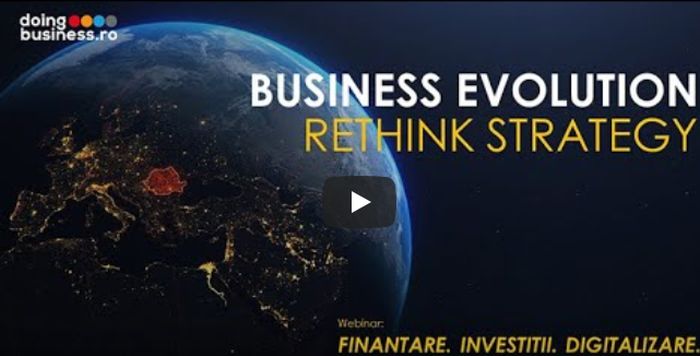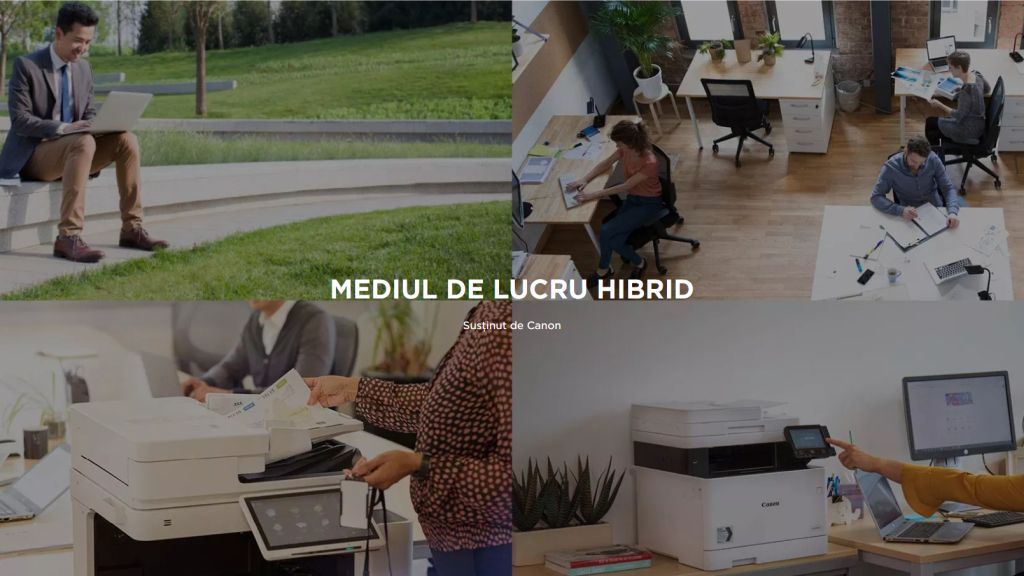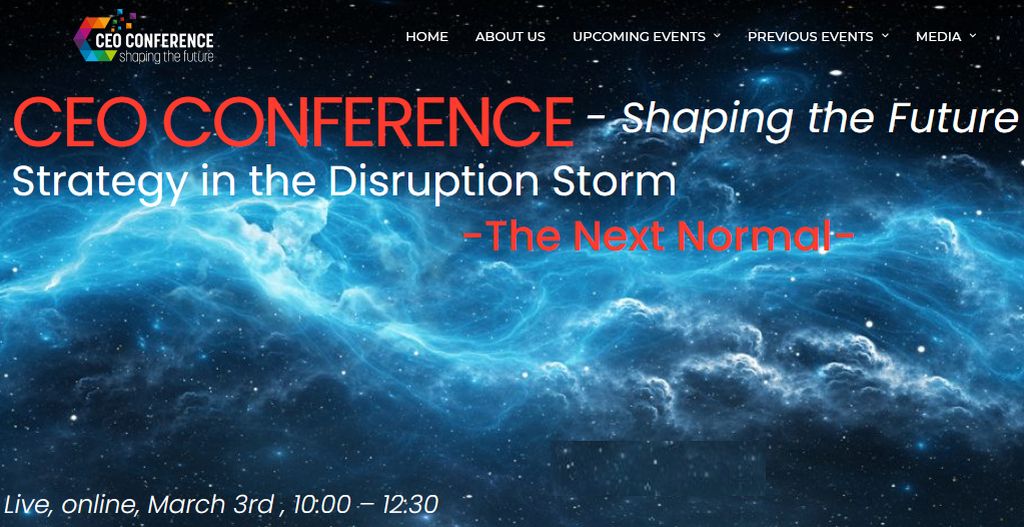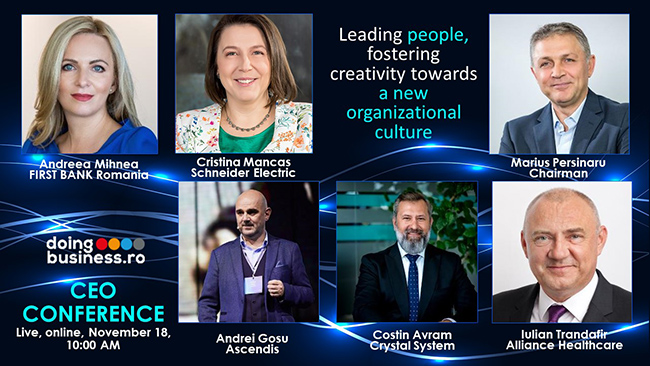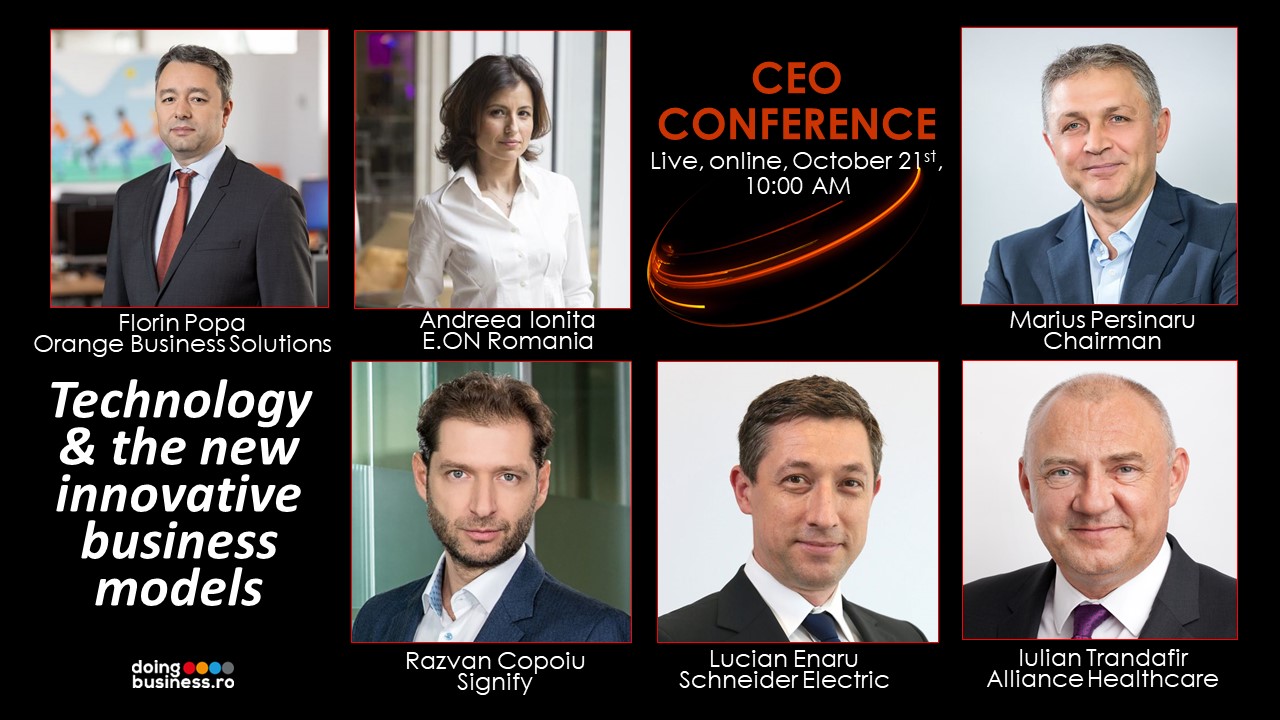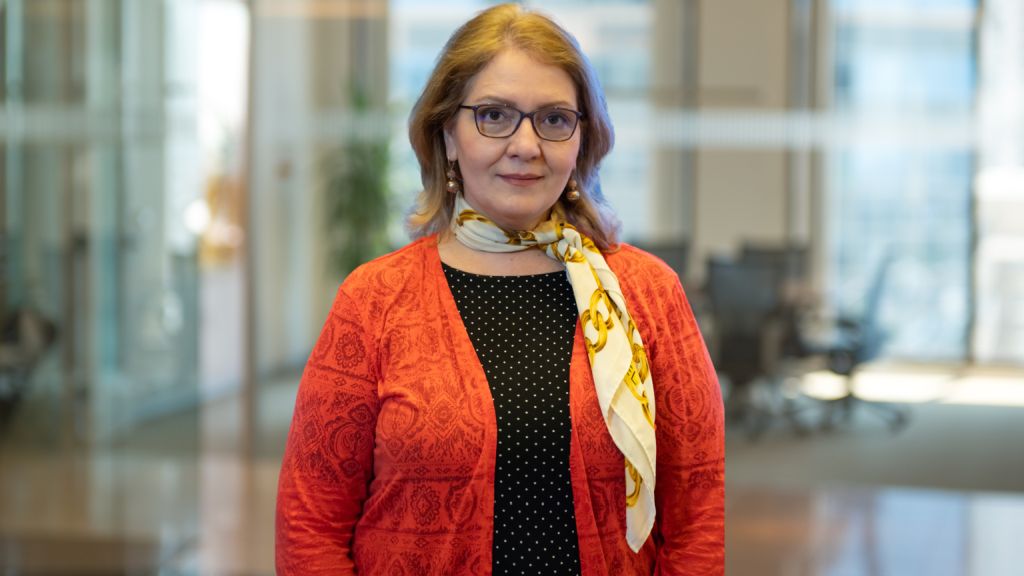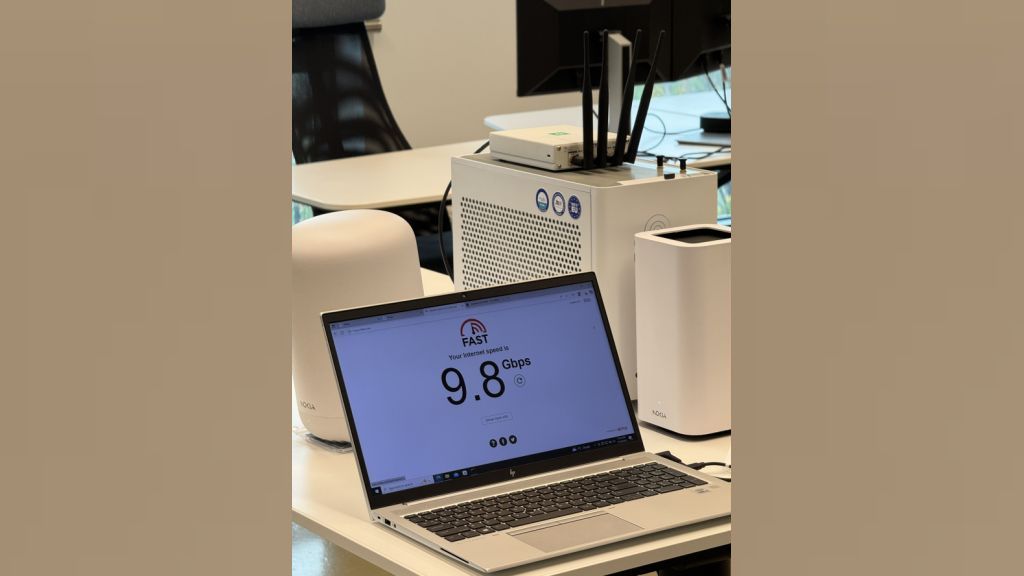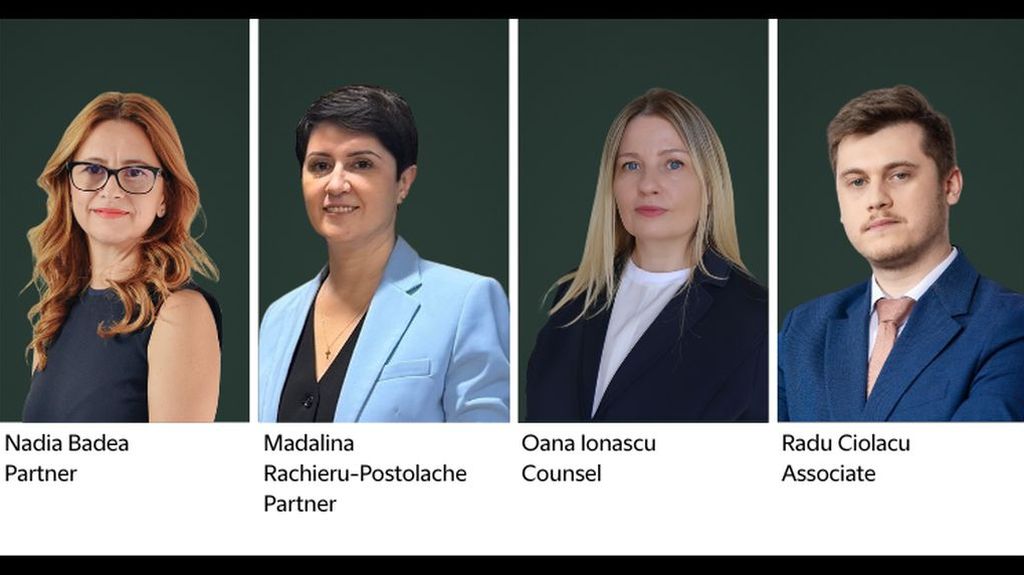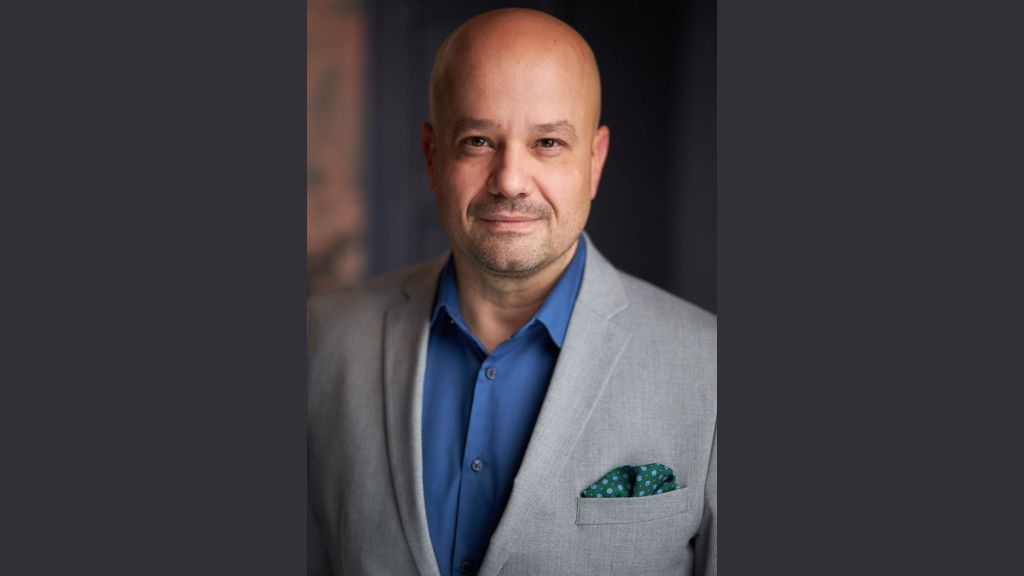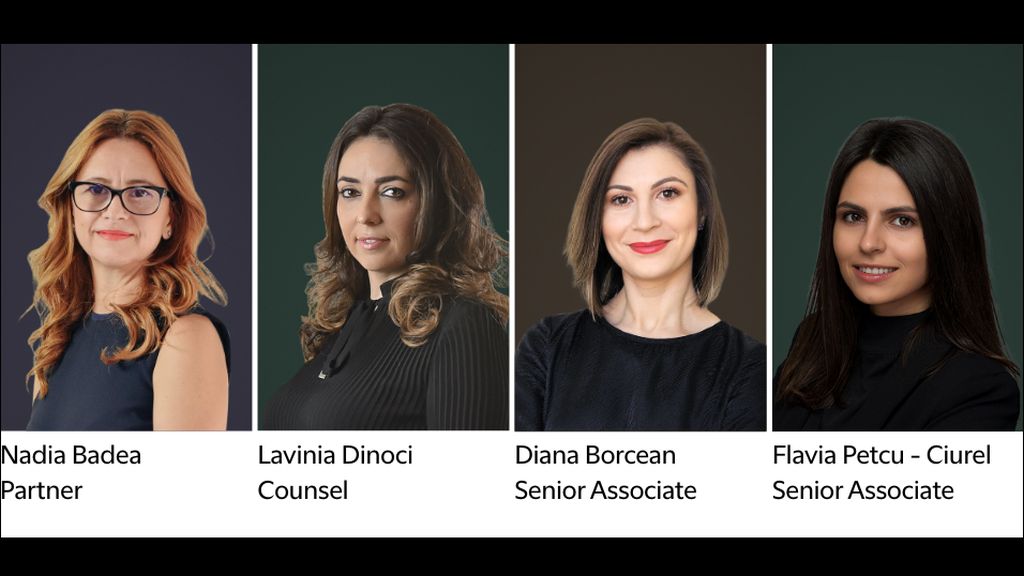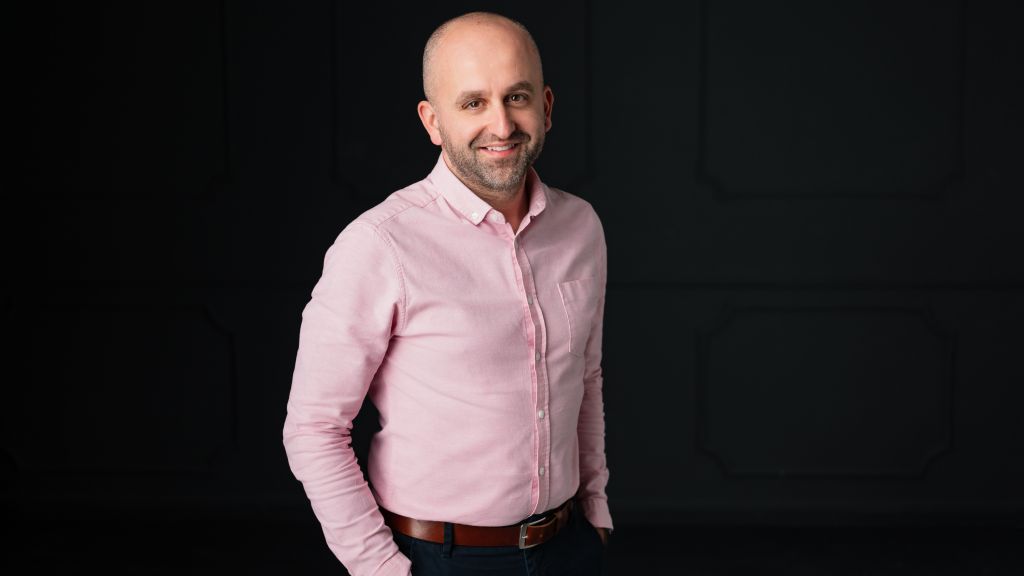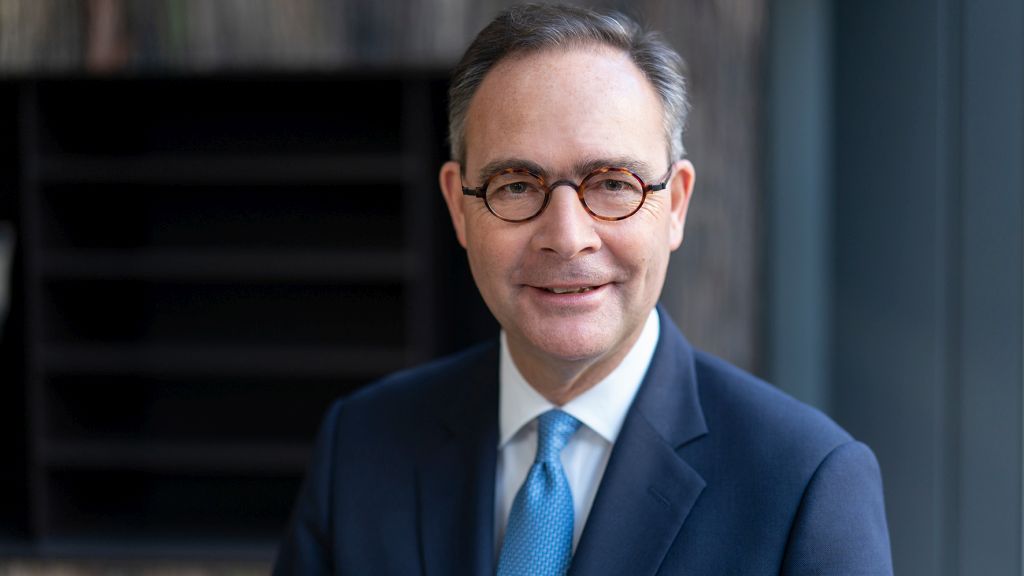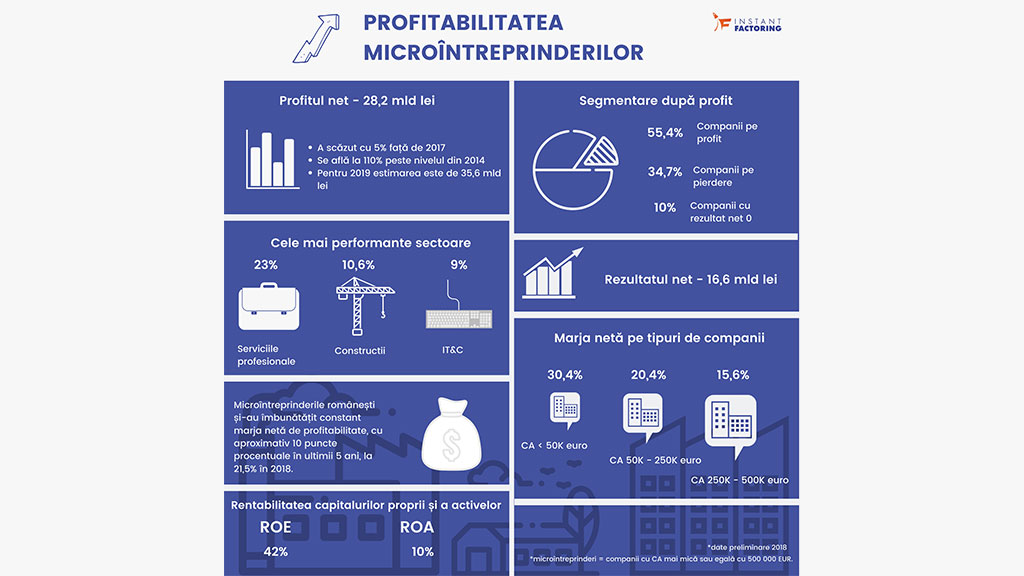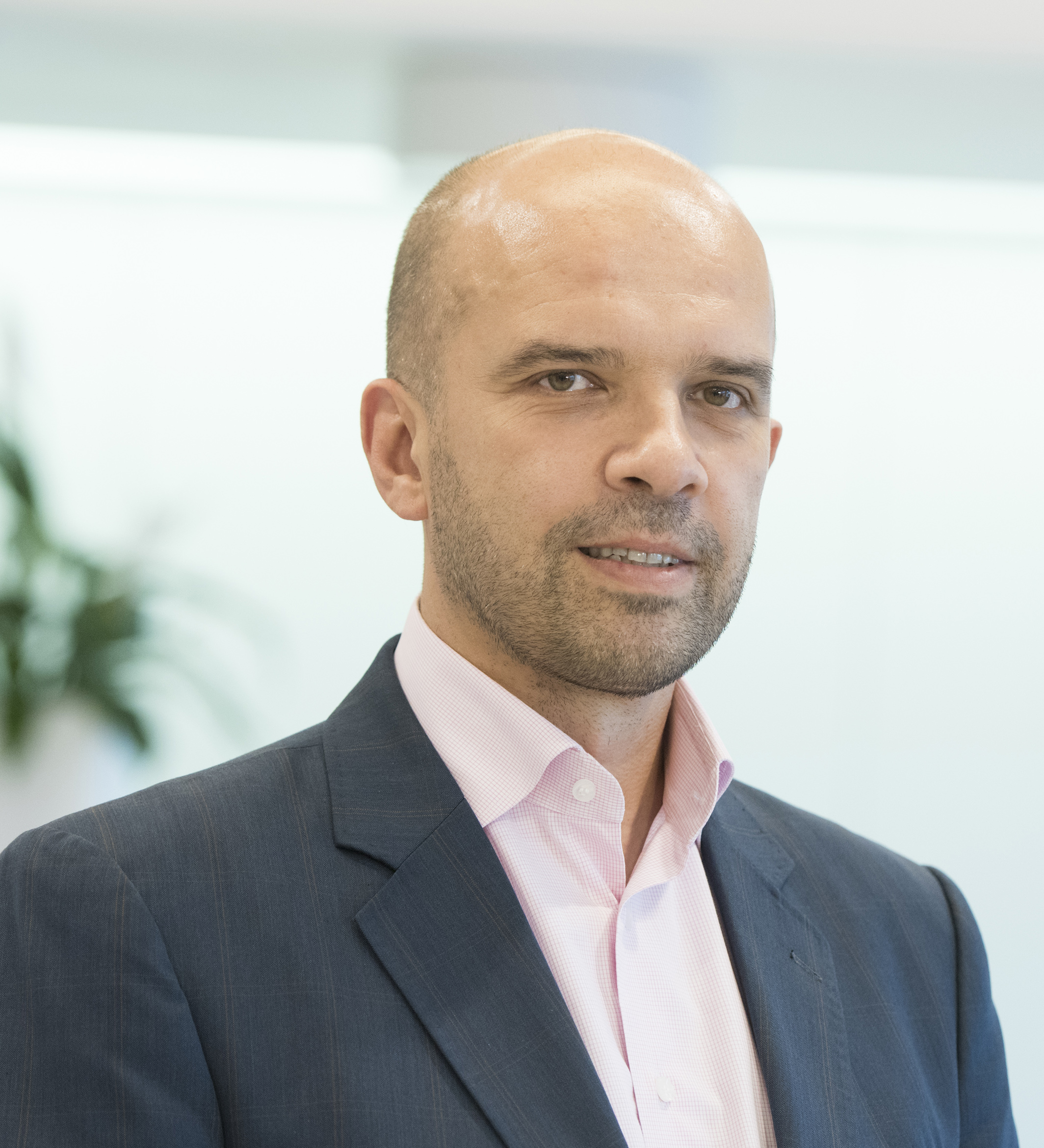In an era where sustainability is at the forefront of urban planning, Veolia Romania is leading the charge with its game-changing GeoExchange solution. This advanced green energy technology harnesses the power of geothermal energy and high-efficiency heat pumps to deliver heating, cooling, and domestic hot water to buildings with unparalleled environmental and economic benefits. By significantly reducing carbon emissions and optimizing energy consumption, GeoExchange is setting new standards for urban development projects. In this interview with Valentin Zaharia, Technical and Performance Director Veolia Romania, we dive into the setup of the GeoExchange system, its adaptability, and its transformative potential for the cities of tomorrow.
Q: Can you shed some light on the innovative GeoExchange solution and its significance for urban development?
Mr. Valentin Zaharia: GeoExchange represents one of the most advanced green energy solutions currently available. Implemented by Veolia Romania, this system leverages geothermal energy in conjunction with high-efficiency heat pumps to deliver heating, cooling, and domestic hot water to buildings. Remarkably, it has the potential to reduce carbon emissions by up to 90%, positioning it as a highly sustainable approach in the realm of urban development.
Q: That’s quite impressive. Can you explain how the GeoExchange system operates?
Mr. Valentin Zaharia: The system is structured around closed-loop geothermal probes and horizontal pipes that link these probes to thermal stations. At these points, a combination of heat pumps, heat exchangers, storage tanks, and recirculation pumps work together to maximize energy efficiency. This architecture allows us to tap into geothermal energy, which is one of the most stable renewable sources available.
Q: What qualities make GeoExchange particularly adaptable for various projects?
Mr. Valentin Zaharia: GeoExchange technology boasts exceptional versatility. It is suitable for both new constructions and retrofitting existing buildings. This adaptability allows us to optimize energy consumption effectively, meet rigorous efficiency standards, and maintain low operating and maintenance costs, regardless of the project's specific circumstances.
Q: What are some key advantages of implementing GeoExchange?
Mr. Valentin Zaharia: There are numerous advantages. Firstly, it harnesses green energy from a stable renewable source—geothermal energy. The system is also remarkably adaptable, easily integrating with other renewable energy solutions. Additionally, its ability to cut carbon emissions by up to 90% significantly minimizes C, making it a valuable contributor to environmental protection efforts.
Q: Can you elaborate on the economic benefits associated with GeoExchange?
Mr. Valentin Zaharia: GeoExchange can optimize operational costs by up to 50% compared to traditional solutions or with other new technologies. This results in enhanced value for investors and prospective buyers, along with a scalable solution applicable to residential, municipal, industrial, and commercial projects. Moreover, it enables predictable and transparent energy consumption management, which is crucial for long-term cost control and strategic planning.
Q: What about the initial investment when compared to traditional systems?
Mr. Valentin Zaharia: While the upfront investment for GeoExchange is typically higher due to the installation of geothermal probes and specialized equipment, these costs are amortized over time through significant operational savings. The long-term economic and ecological advantages render GeoExchange a competitive and sustainable solution for modern building needs.
Q: How does GeoExchange bolster sustainable urban development? In what ways does GeoExchange integrate with other green technologies?
Mr. Valentin Zaharia: GeoExchange serves as a crucial partner in urban development initiatives. It facilitates the certification of nearly zero-energy buildings (nZEB), reinforcing commitments to lowering carbon footprints. Veolia provides comprehensive services, including design, execution, operation, maintenance, energy supply, and project guarantees, ensuring that GeoExchange aligns seamlessly with a vision for sustainable urban futures.
On the other hand, our solution is designed to complement a variety of other green technologies, such as photovoltaic systems, which generate renewable energy and help meet part of a building's energy requirements. Furthermore, modern innovations like intelligent automation systems can enhance consumption optimization, allowing for continuous adjustments to equipment operations to maintain comfort and efficiency
Q: Lastly, what is the overarching goal of implementing GeoExchange in urban projects?
Mr. Valentin Zaharia: Our goal is to illustrate that the objectives of urban sustainability can be realized through the integration of multiple environmentally friendly solutions tailored to each project's unique specifications. Through this approach, we aim to contribute meaningfully to the sustainable transformation of urban areas, ensuring a cleaner and more efficient future for all.
You can also find the full interview in the document below:










